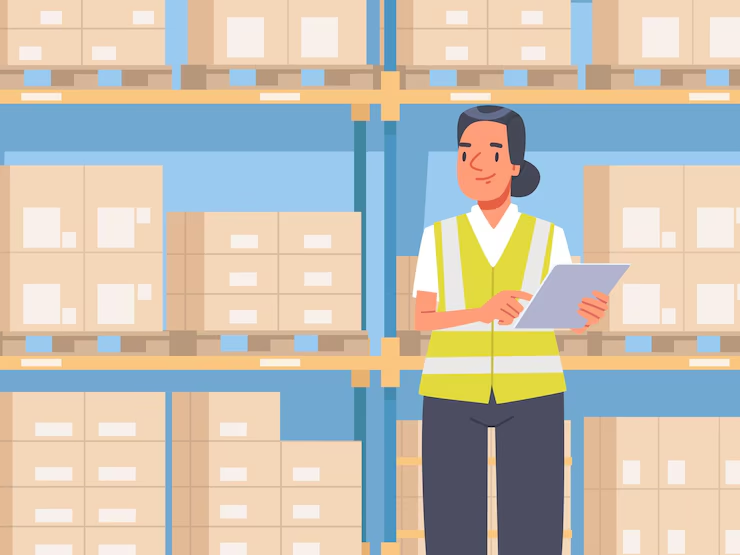

As the warehousing industry experiences unprecedented growth, driven by the surge in e-commerce and consumer demand, the challenges faced by warehouse operations have become more complex. The global warehouse footprint is projected to expand by 27%, reaching 42 billion square feet by 2030, up from 33 billion in 2023. This rapid expansion necessitates a reevaluation of traditional warehouse practices, emphasizing the integration of advanced technologies to enhance safety, efficiency, and employee well-being.
The Human Element: Safety and Workforce Concerns
Recent findings from Zebra Technologies’ “Elevating Every Move” study highlight growing concerns among warehouse associates:
These concerns are not unfounded. The National Safety Council reports that 69% of employees in safety-critical industries, including warehousing, experience fatigue at work, elevating the risk of accidents.
The Cost of Inaction: Financial Implications of Workplace Accidents
Beyond the human toll, workplace accidents carry significant financial repercussions. According to the Occupational Safety and Health Administration (OSHA), the indirect costs of a workplace injury can be up to 4.5 times the direct costs, encompassing factors like lost productivity, training replacement workers, and increased insurance premiums.
Embracing Technology: A Path Forward
To address these challenges, many warehouse leaders are turning to technology:
Warehouse associates are also advocating for technological integration:
The Role of Automation and AI
Automation and AI are poised to revolutionize warehouse operations:
Enhancing Worker Morale and Retention
Investing in technology not only improves operational efficiency but also positively impacts employee morale:
Building a Resilient Future
The future of warehousing hinges on its ability to adapt to growing demands while ensuring the safety and satisfaction of its workforce. By embracing technological advancements, warehouse leaders can create safer, more efficient environments that not only meet business objectives but also foster a culture of respect and empowerment among employees.
As the forward-thinking warehousing sector evolves, the integration of automation, AI, and ergonomic tools will be instrumental.